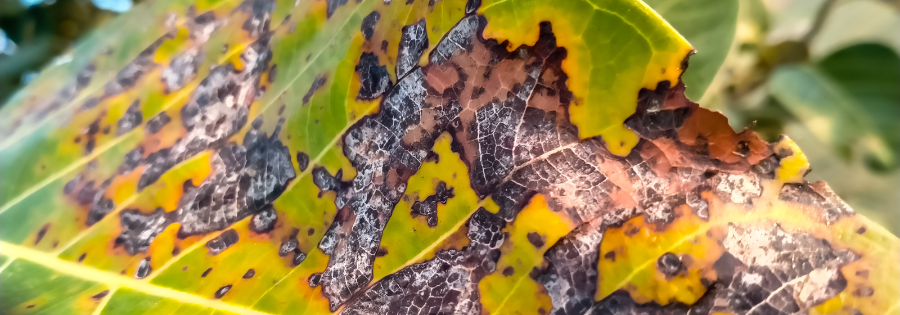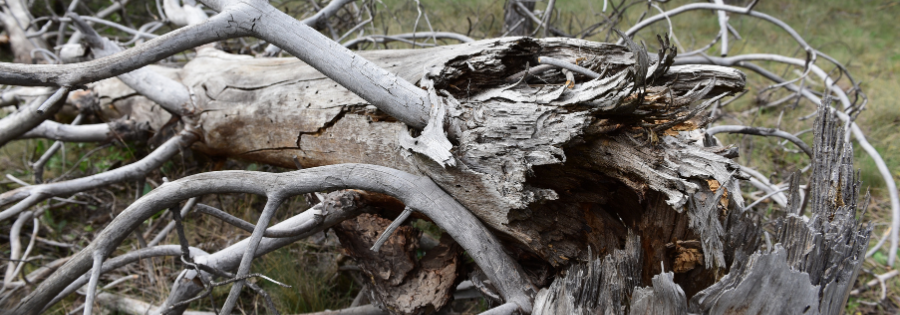Tree Health 101: Detecting and Preventing Common Diseases

Trees aren’t just for aesthetics; they play a crucial role in our environment. According to the U.S. Forest Service, they can even lower cooling costs by up to 30% by providing shade and reducing the need for air conditioning. That’s why it’s essential to keep our trees in tip-top shape!
Detecting Common Tree Diseases
First things first – how do you know if your tree is under attack by a disease?
Keep an eye out for common signs of tree health issues, including irregular leaf spots or discoloration, which can indicate fungal infections; sunken areas on tree trunks or branches that may be signs of bacterial or fungal infections; sudden wilting or drooping of leaves or branches due to root rot or vascular diseases, and stunted or abnormal growth patterns which may signal nutrient deficiencies or infections.
Recognizing these early symptoms is crucial for early intervention and effective management of tree diseases. By staying observant and proactive, you can help protect the health and vitality of your trees.
Common Tree Diseases to Watch Out For
Here are a few tree diseases that commonly affect trees in our area:
- Dutch Elm Disease: This fungal disease affects elm trees and can cause wilting and death of branches. Early detection is crucial to prevent widespread tree loss.
- Oak Wilt: A fungal disease that affects oak trees, causing leaf discoloration, wilting, and eventually tree death if left untreated.
- Anthracnose: A group of fungal diseases that cause leaf spots, defoliation, and twig dieback in a variety of trees, including maples and dogwoods.
- Emerald Ash Borer (EAB): This invasive beetle species attacks ash trees, feeding on the inner bark and disrupting the tree’s ability to transport water and nutrients. Infested trees exhibit canopy dieback and ultimately succumb to the infestation without intervention.
- Cedar Apple Rust: A fungal disease that affects apple and cedar trees, causing orange spots on leaves and premature leaf drop. This disease can weaken trees and impact fruit production if not managed.
- Powdery Mildew: A fungal infection that appears as white powdery patches on leaves and shoots of various tree species, including roses, lilacs, and fruit trees. Powdery mildew can stunt growth and reduce overall plant health.
- Fire Blight: This bacterial disease primarily affects apple and pear trees, causing blackened, scorched-looking leaves and branches. Fire blight can spread rapidly and lead to significant tree damage if not controlled.

Prevention Tips for Tree Diseases
Now, let’s talk prevention. Here are some tips to keep your trees healthy and disease-free:
1. Prune Properly
Regular pruning is essential for maintaining tree health. By removing dead or diseased branches, you improve air circulation and sunlight exposure within the canopy, which reduces the risk of fungal infections and promotes overall tree vigor. Proper tree pruning also helps shape trees and prevents overcrowding of branches.
2. Maintain Soil Health
Healthy soil is the foundation of strong root systems. Consider mulching around the base of trees to retain moisture, suppress weeds, and improve soil structure. Regularly test your soil to ensure optimal nutrient levels and pH balance. Amend soil as needed to provide essential nutrients that support tree growth and resilience against diseases.
3. Monitor Watering
Proper watering practices are critical for preventing tree diseases, especially root rot. Avoid overwatering, which can suffocate roots and promote fungal growth. Instead, water deeply but infrequently to encourage deep root growth and drought tolerance. Adjust watering schedules based on weather conditions and seasonal needs, especially during dry spells.
4. Promote Tree Diversity
Planting a variety of tree species in your landscape can help reduce the spread of specific diseases that target certain types of trees. Diversity in tree species also supports a healthier ecosystem by providing a habitat for beneficial insects and birds. Avoid monoculture planting, which can increase vulnerability to widespread disease outbreaks.
Implementing these prevention tips as part of your tree maintenance routine will go a long way in promoting the health and longevity of your trees. Remember, healthy trees are more resilient to diseases and environmental stresses, ultimately enhancing the beauty and sustainability of your commercial landscaping.
Start Your Tree Care Journey Today
If you suspect that your trees are struggling with a disease or need expert advice on preventive measures, Coastal Spray is here to help! Our certified arborists specialize in tree health management and can provide tree assessments to keep your trees happy and healthy.